History
Marcussen & Søn was founded in 1806 by Jürgen Marcussen (1781-1860). At a small country estate in Southern Jutland, he built his first pipe organ, a small Positive with only a few stops. In 1811 he was granted a concession, by the King Frederik VI of Denmark, to build organs in the duchies Schleswig and Holstein, and the license brought on a good number of restoration and rebuilding tasks. In 1819 he built his first larger pipe organ, for Sieseby Church, near the city of Schleswig.
Marcussen & Reuter
Andreas Reuter (1798-1847) was apprenticed to Jürgen Marcussen, and in 1826 he became his business partner. The achievements of the two fellow-workers, under the company name Marcussen & Reuter, became a distinguished chapter in the Danish organ building history. Reuter had the solid knowledge of the theory behind organ building, and Marcussen was the practical genius. In that way they complemented each other’s work, but also individually they made several significant discoveries. Reuter invented the tuning slot for voicing, while voicing the organ at Roskilde Cathedral in 1833, during a rebuild of the organ. Marcussen invented the box bellows, inspired by ideas he developed while repairing his wife’s sewing table! In the box bellows, the air pressure is formed when an inner piston is lowered into the outer box, thus pressing the air into the wind channel system of the organ – it is similar to the parts of a sewing table, where a detachable box for small stuff is placed in a tight-fitting, bigger box. Box bellows were used for approximately 100 years, until the electric blowers gained a footing at the start of the 20th century.
The work of the two organ builders brought them into contact with great names of Danish music life, including C.E.F. Weyse and J.P.E. Hartmann, and finally in 1836 Marcussen & Reuter had the honor of being awarded with the title of Organ Builders to the Royal Court of Denmark.
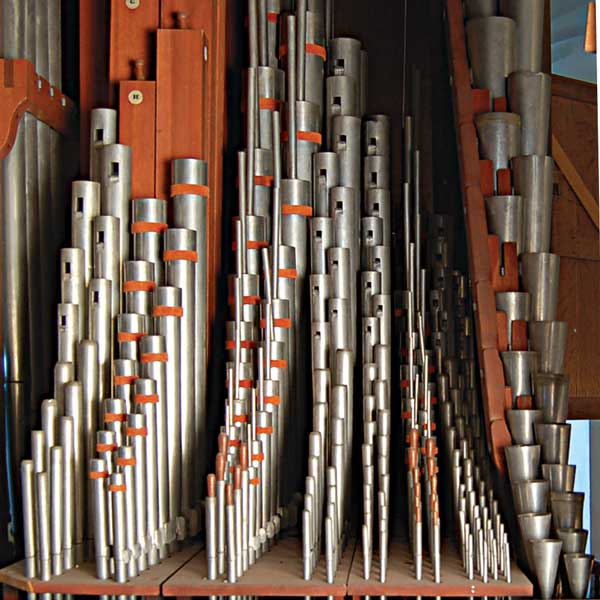
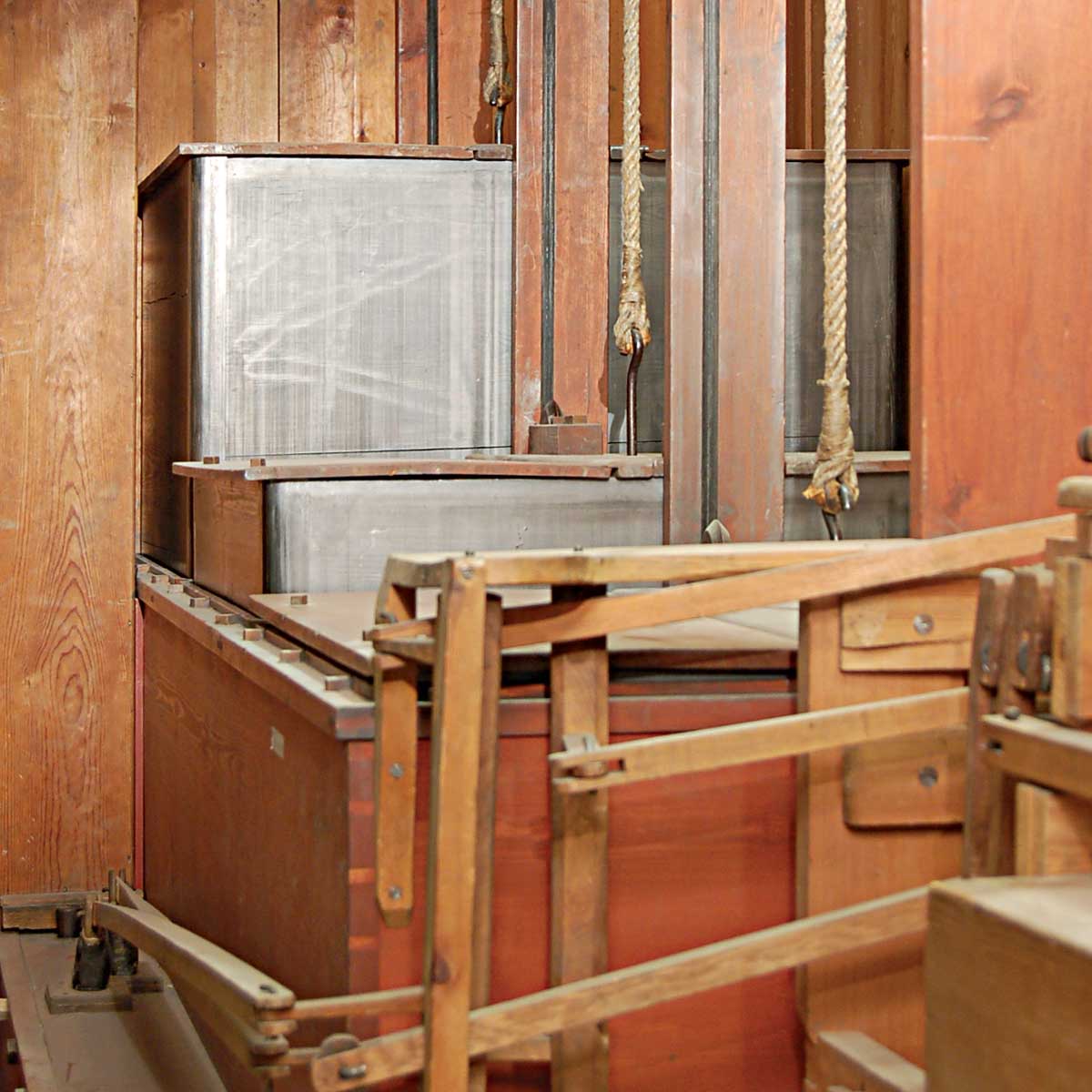
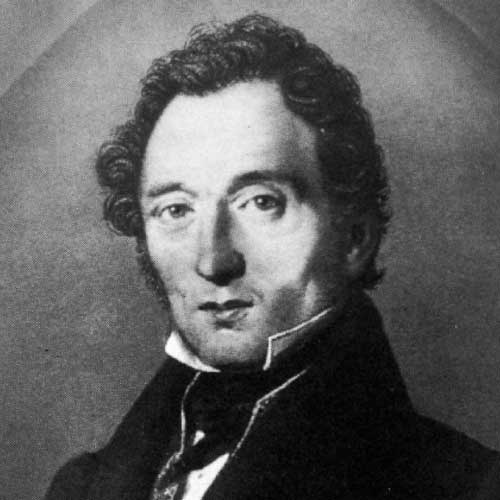
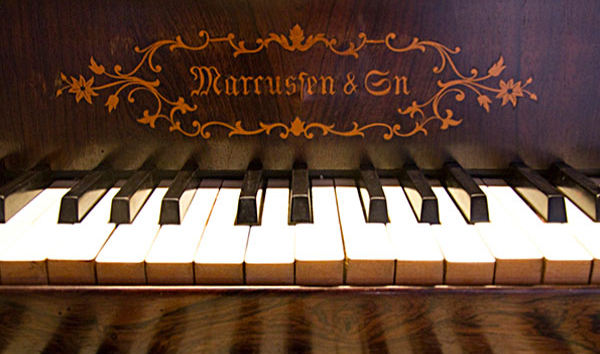
Romanticism
Shortly after the death of Andreas Reuter in 1847, the son of Jürgen Marcussen, Jürgen Andreas Marcussen (1816-1900), joined the company. One year later, in 1848, the company name was changed to Marcussen & Søn. From the mid-19th century, the pipe organs became increasingly influenced by the tonal demands of Romanticism for expressive, intensive organ voices of a more fundamental tone. Jürgen Andreas was followed by Hartvig A. Marcussen (1859-1897), who unfortunately died young, and new forces had to succeed.
In 1902 a great grandchild of the founder took over the company. His name was Johannes Lassen Zachariassen (1864-1922), and he built organs in accordance with the principles of the time, with further romanticizing of the organs tone, and embracing new technical advances with the introduction of pneumatics.
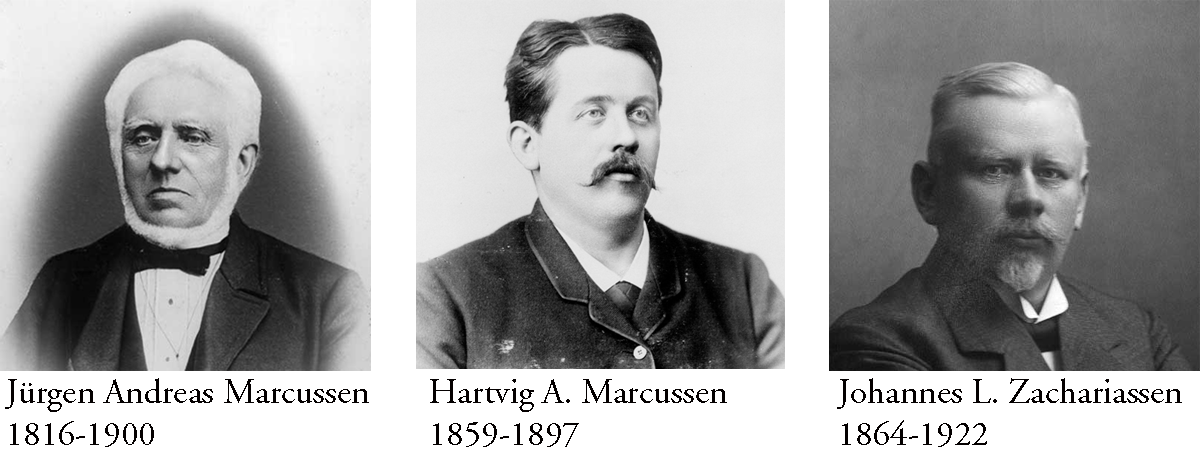


The Organ Reform Movement
At the age of 21, the son Sybrand Zachariassen (1900-1960) took over management of the company in 1922. He was one of the first in Scandinavia to make contributions to the rediscovery and development of the classic pipe organ, and he became a pioneer of the Organ Reform Movement. He dropped the romantic instruments, and focused once again on a classic construction of the organ and its tonal expression. Technically the organ movement discarded the pneumatic systems, and preferred the reliable slider chest, a simple and precise key action and a wide tonal spectrum. The movement formed the basis of the pipe organ of today.
With these organs, Marcussen & Søn established their name internationally, and remarkable instruments originated from the workshops in Aabenraa in the following centuries. In 1960 the son Sybrand Jürgen Zachariassen (1931-2012) followed as manager, and hereafter the international activities were expanded with deliveries to several countries in- and outside of Europe.
The present and onwards
Today, Marcussen & Søn has supplied organs to most of Europe as well as Japan, Israel, Russia, South Africa, the Philippines and the USA. In 1995, Sybrand Jürgens' daughter, Claudia Zachariassen (b. 1969), joined the company. She is the seventh generation of the Marcussen-Zachariassen family. With Claudia at the helm, the organs were continually manufactured with respect for the traditional principles of organ building. The installations are characterized by versatility and individuality, and in recent decades, former times’ Romantic ideals of sound with a more fundamental tone have been implicated again.
In March 2019, Marcussen & Søn Orgelbyggeri A/S expanded the ownership circle, as Daniel Schmidt Christensen became co-owner of the company and at the same time took up a newly created position with the title of Sales Director. Daniel Schmidt Christensen is a trained organ builder and therefore naturally also takes part in tasks related to voicing organs.
From January 2024, Daniel Schmidt Christensen will take over the position as Director. Claudia Zachariassen will continue in the company as Chairman of the Board.
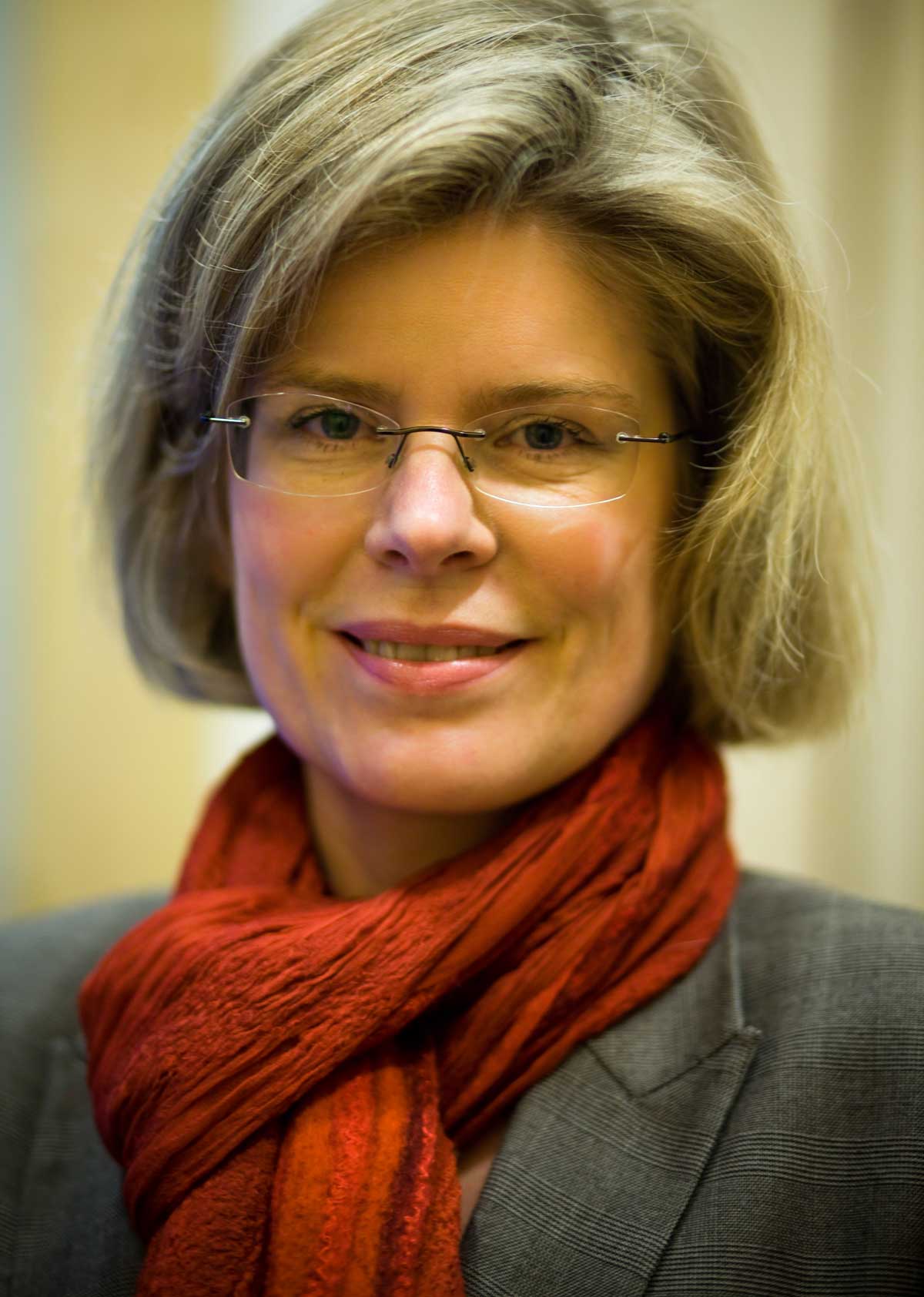
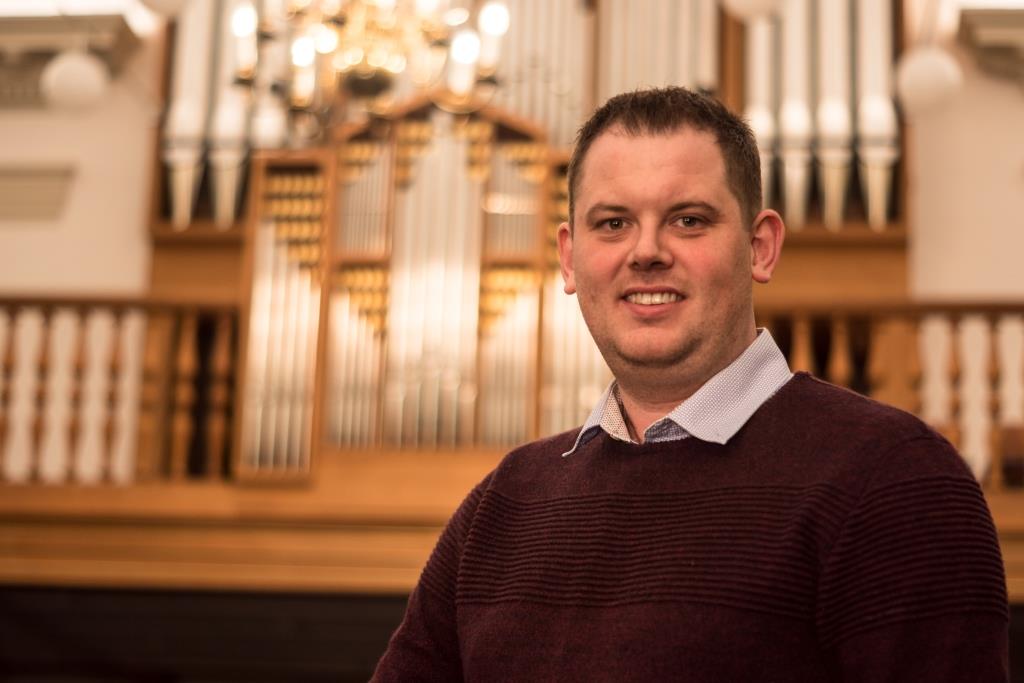
SEE AND HEAR AN EXAMPLE OF ONE OF OUR ORGANS
The sound of a Marcussen & Son organ is something special. Since our very beginning, the sound has been a central part of our hallmark – and so it remains. A pipe organ from Marcussen & Son is known by the sound. We are proud when we are told that music lovers clearly feel and hear the difference and know when it is a Marcussen & Son organ that is played.
We are dedicated to ensure that the organs we build fits perfectly with the specific room..



